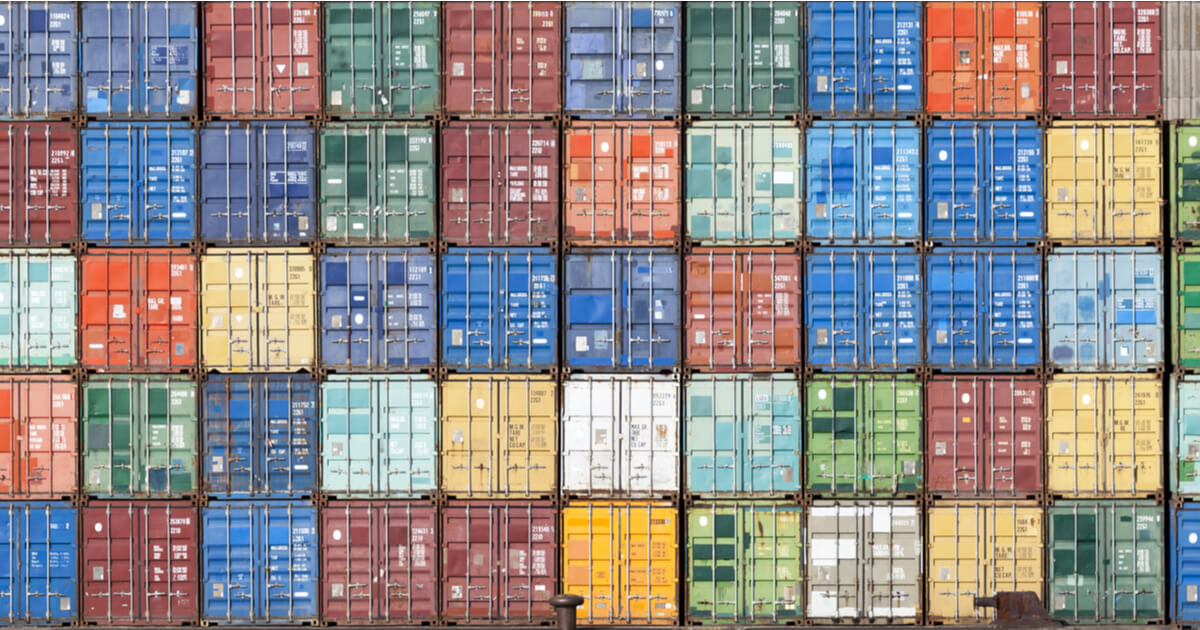
China continues to enforce its zero-Covid policy and recent lockdowns appear to be rippling across the global supply chains, again.
“Xi Jinping has staked his personal legitimacy on zero-Covid at all costs, including to damage the economy. To back down now, especially before the mRNA vaccines kick in, could be a political catastrophe, with or without a third term for Xi,” James Zimmerman, a partner in the Beijing office of Perkins Coie and former chairman of the American Chamber of Commerce in China, reportedly said.
On Sept. 1, the economic behemoth put its second-largest city — Chengdu — under lockdown along with a string of others. With approximately 21 million residents homebound, the impact on manufacturing and energy consumption is being felt internationally. And although restrictions have begun to ease, experts agree that China is likely to use stringent lockdowns until it reaches herd immunity. That could run into 2023, putting supply chains and U.S. trucking outfits on something of a rollercoaster.
“We keep seeing lockdowns, some are extreme lockdowns, some are lighter. We’re ebbing and flowing between higher ocean volume and lower ocean volume. But it’s not more than a couple basis points each way, and there seems to be no end in sight. Not to be pessimistic, but it seems like there are new lockdowns popping up every single week,” Ryan Closser, director of program management and network collaboration at FourKites, reportedly said.
Major ports such as Shenzhen saw volumes plummet by upwards of 46 percent week-over-week when lockdowns hit. Ningbo-Zhoushan dipped by 5 percent after a previous drop of 13 percent week-over-week. And when Shanghai shut down for Covid, the world’s largest port decreased by 15 percent in July.
After Chinese exports declined in August for the first time in two years, U.S. truckers are expected to experience a downstream effect heading deeper into Autumn. Keep in mind that China traditionally slows production during its Golden Week holiday in October. Although automobile exports appear to be recovering steadily, home products and semiconductors are in retreat. The topsy-turvy manufacturing and shipping process overseas is expected to turn U.S. logistics on its head.
“Asia-U.S. cargo slowdowns could help ease congestion at crowded port terminals and warehouses, particularly on the U.S. West Coast. Disruptions to carrier schedules resulting from lockdowns can limit empties pickups,” Mirko Woitzik, global director of intelligence solutions at Everstream Analytics, reportedly said. “The U.S. East Coast is currently experiencing severe congestion at storage facilities surrounding ports due to many empty containers. Schedule unreliability prevents carriers from clearing empties backlog at storage facilities that are at or beyond capacity. This in turn prevents trucks from returning empty containers on time, leading to restrictions in chassis availability and higher costs for inland transportation companies.”
Recent reports indicate only 60 percent of China’s senior population received a booster shot, putting the older demographic at risk. Lockdowns appear inevitable for the foreseeable future. American truckers and freight carriers would be well-served to brace for uneven Chinese imports deep into 2023.
Sources: ttnews.com, barrons.com











Leave a Comment